A survey by versionone, known as State of Agile survey 2019 shows that:

Good news is that the adoption of an agile approach is increasing with more and more projects being successful. As a business analyst / project management professional, it is important to understand how success is measured for Agile projects? What are the key performance indicators and metrics?
In this article, I am going to list down the top metrics for measuring the success of Agile projects/approaches.
Top Key Performance Indicators (KPIs)...
Planned versus Actual User Stories per Iteration
Sprint Burndown chart provides a visual representation of estimated versus actual work remaining for sprints. Work remaining can have units in work hrs or Story points. The primary purpose of the chart is to manage and monitor the daily progress of work performed during the sprint.
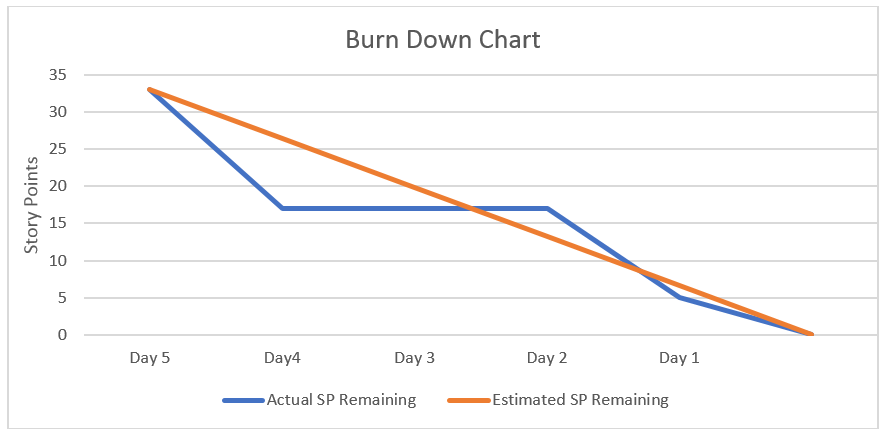
Planned versus Actual User Stories per Release
Release Burndown chart provides a visual representation of the amount of work needed to be completed before the release. It provides information on the amount of work added to the project during the software development cycle and helps in monitoring and managing scope creep. The primary purpose of the chart is to manage and monitor the progress of work performed during the release.
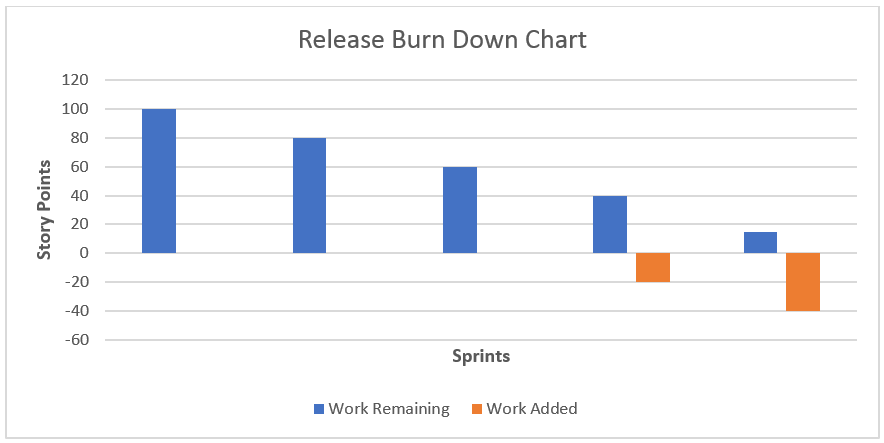
Velocity
Velocity chart provides a visual representation of the amount of story points worth of work completed in a single sprint. Sprint can be of 2 weeks or 4 weeks as per industry standards. The primary purpose of the chart is to track the efficiency of the team over a period of time.

Cycle Time and Lead Time
Lead Time – It is defined as the interval of time between requirement submission and delivery of actual requirements.
Cycle Time- It is defined as the interval of time between the commencement of requirement work and delivery of actual requirements.
Lead time and Cycle time measure the efficiency of the workflow used to develop software.
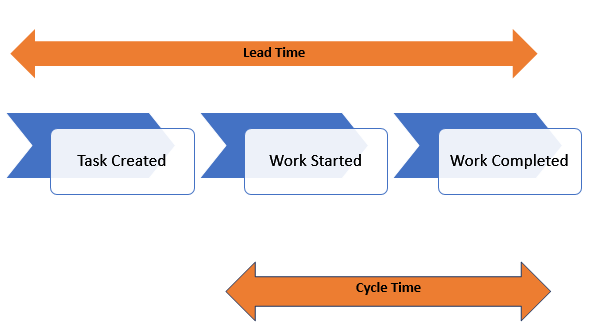
Net Promoter Score
Net Promoter Score is defined as the index ranging from -100 to 100. It represents the intention of the Customer to recommend the product or service to others. NPS Categorize respondent into 3 groups, namely: -
- Promoter (70%)
- Passives (10%)
- Detractor (20%)
NPS = Promoter- Detractor= % (70-20) =50%.
Score ranging between 50-70 is considered excellent.
NPS implicitly measures customer satisfaction for a particular product or service.
Budget Versus Actual Cost
Projects following agile methodologies use story points as a unit of work to calculate the budget and actual cost. If the team performs 100 SP worth of work in the release and it takes 5 weeks to deliver the project, then the velocity of the team is 20 SP (Duration of Sprint =1 week) in this case 1SP is worth 1 million. The primary purpose of the chart is to manage and monitor the cost of work performed during the release.
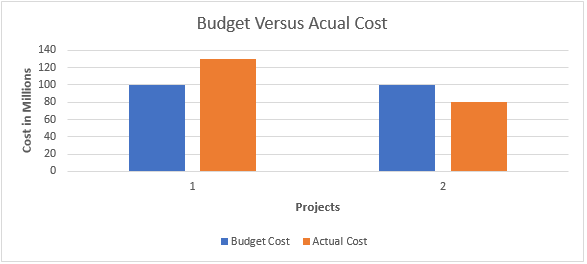
Defects into production (Defect Leaks)
Cumulative flow diagram is a powerful chart to provide a visual representation of defect management in the software development life cycle. The primary purpose of the chart is to manage and monitor the quality of software deliverables with a high degree of certainty to the customers.
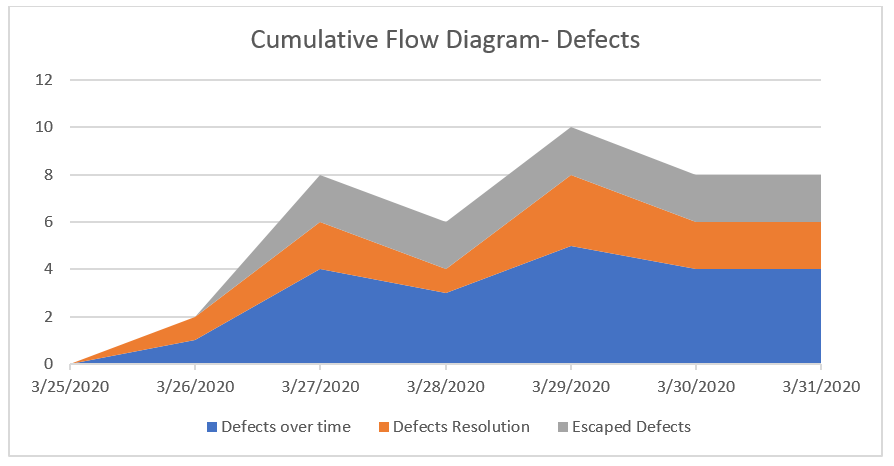
Author: Abhishek Srivastava, Founder, Techcanvass
Abhishek Srivastava is a seasoned IT professional with diverse experience in Banking, Insurance, Utility and Education domains. Managing large accounts, Program management & Developing business solutions has been his forte.
An NIT / IIM Kozhikode graduate, He founded Techcanvass in 2013. With Techcanvass, he is pursuing his dream of creating an organization capable of imparting quality education to IT professionals. He believes that learning is a lifelong journey and one must never stop learning. He also loves writing and sharing his knowledge. Some of his notable books are ERP to E2RP, UML Modelling for Business Analysts, Business Analysts Practitioners Guide, Software Testing: A Practical Approach. All these books are available on Amazon.